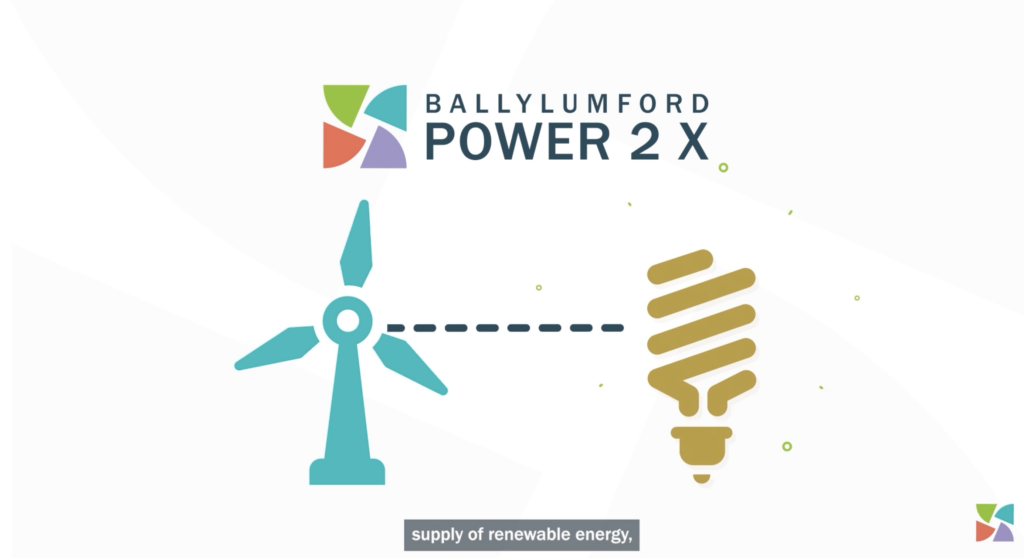Communicating Climate Action

How we talk about climate change can have an important impact on motivating people to fight it.
As we mark World Earth Day 2024 and the urgent need for us all to tackle the climate emergency, we reflect on the communication fundamentals worth considering when speaking about climate action.
Facts matter.
Facts and information do matter. The risk of misinformation and disinformation are key obstacles to tackling climate change. Greenwashing is still a thing, and we need to ensure it does not derail genuine, important, efforts being made by companies here to tackle the climate crisis.
Many of these efforts include investment in research and development, embracing new technologies to transform processes and decarbonise the economy. Making these sometimes complicated processes decipherable is therefore key to building understanding and resonance with the public. Using infographics and animations for example can be a good way to convey complex information in digestible chunks.
For example, the animation we created for the Ballylumford Power to X project succinctly and clearly explains the process of using electrolysis to split water into hydrogen and oxygen. The produced hydrogen, a versatile, safe and clean energy carrier, can then be used as a fuel for power as well as an energy feedstock for several industries.
Choose hope over fear.
To get people to change we can’t just scare them into action. We can’t just talk about the threat; we also must talk about the ways in which their actions can make a difference. Equally we shouldn’t try and shame people about their behaviours as this typically triggers a defence mechanism and potentially a resistance to change.
To move people into action, we need instead to offer hope. Hope can turn fear into something productive and mobilise people to tackle the challenges faced. From making every day changes – from selecting reusable coffee cups to considering a move to a green mortgage – we see our clients like Barista Bar and AIB help people take positive steps towards a more sustainable lifestyle.
Focus on benefits and opportunity.
We have a strong specialism within the energy and environment space, working with the ERG Group, Mutual Energy and GeoEnergy NI to name a few. But every single client we work with is focused on making their products and processes more sustainable, whether that’s in the food sector, banking, or tech.
We need to excite people about the prospects of a sustainable future. As well as being the right thing to do, addressing climate change can bring many opportunities: green jobs, cleaner air, renewable energy, food and energy security, and better health outcomes. We encourage the firms we work with to talk about sustainability in terms of economic opportunity and job creation rather than risk and cost.
Lead by example.
Across sectors including agri-food, energy, and finance, we help clients communicate their leadership on climate change. For example, through its ‘Future Strong’ sustainability framework, dairy cooperative Dale Farm is reducing emissions and improving efficiency both on farm and on the factory floor.
We are also supporting the Department for Economy and other partners on GeoEnergy NI, another project leading by example. This geothermal demonstrator project is highlighting NI’s geothermal potential and is designed to lead to long-term policy commitments and to build trust and legitimacy in the sector as Northern Ireland moves towards a fully decarbonised energy network.
Make it action focused.
Achieving net zero will not happen overnight, but while it is a long term goal, communications need to focus on actions now – starting with actions of ‘no regret’ which are cost-effective and do not involve hard trade-offs with other policy objectives. Strong and effective climate change communications delivered through good storytelling will help inform and empower people about the choices we can make individually and collectively. It will also help build the necessary alliances and collaborations to make the systemic changes necessary to make the seemingly impossible possible.



